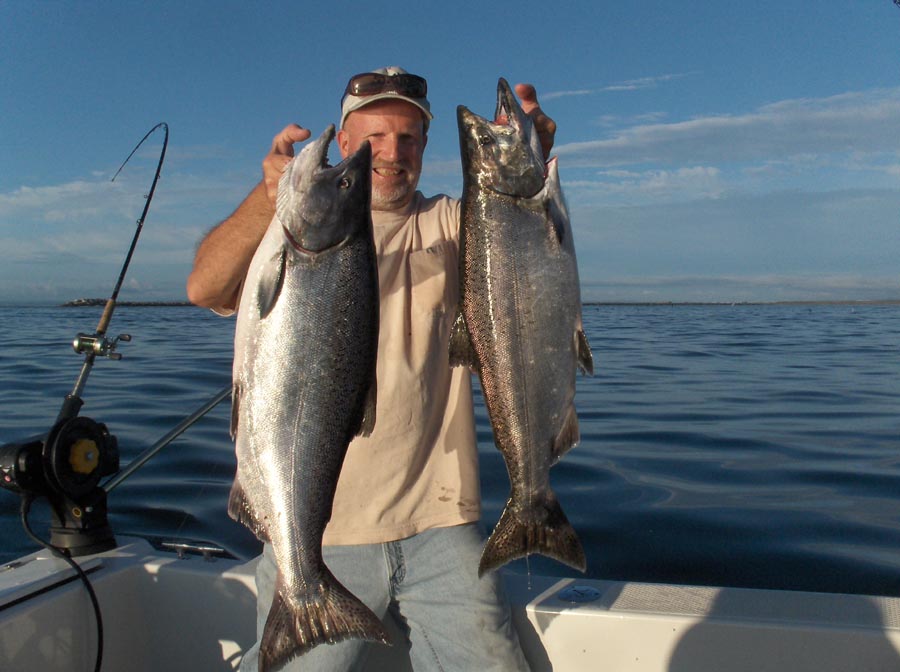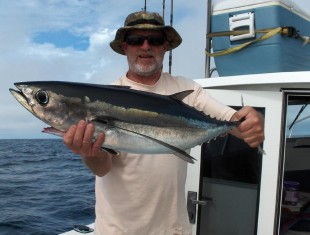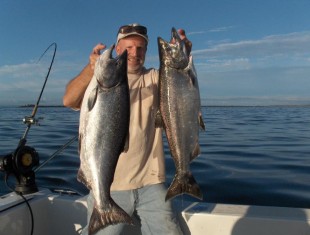
Every March I look forward to the sound of hammering metal from several species of our local woodpeckers. It’s a sure sign that spring is near.
The woodpeckers seem to like gutters, downspouts, metal roofs and metal chimneys to make as much noise as possible. On a clear windless day this noise can be heard from a half mile away
. Our Northern Flickers are especially talented at making lots of noise with their long, strong beak. There are several possible reasons for all this spring time commotion including some kind of a mating call and it also could be a form of communication to declare territory and to warn other males to stay away.
During the winter I put oatmeal on a stump 20feet from the bedroom window where my computer is located. Lots of different species of birds show up to feed and when the blue jays land on the stump all the smaller birds give up their spot. But when a Northern Flicker comes in the blue jays quickly take off even though they are about the same size.
Northern Flickers are one of the more beautiful birds in our area and have different coloration then other North American woodpeckers. Most woodpeckers are more black and white with some having a reddish head. Flickers are mostly brown and tan with lots of black spots. The males have a little red on their head below the eye.
Most of our flickers are the red-shafted variety. The yellow-shafted variety show up more in the winter as birds from the north and east migrate to Western Washington because of our milder winter weather. They can interbreed with no problems and are considered by many bird people to be one species.
Northern Flickers can be found in most of North America especially during the warmer months. Many migrate south from Alaska and Canada during winter.
There are over 100 names for these birds. Most of the names are kind of weird like gawker bird, wick-up, walk-up, wake-up, heigh-ho, harry-wicket, gaffer, clap, yellowhammer and many more.
Flickers are the only woodpeckers that do most of their food searching on the ground looking for insects. Many times they can be seen probing the soil with their long strong beaks.
They seem to like eating ants. One was dissected for research in Oregon and had 2,000 ants in its stomach. But they will eat just about any insect below the ground above the ground or flying in the air. Their tongues can extend two inches beyond their beak making it easier to grab those tasty insects. They also eat fruit, seeds, berries and nuts.
Like some other birds they visit thatching ant hills for an assist in preening. When they land on the ant hill the ants get all excited and spray an acid into the air about a foot high. This helps free the Northern Flickers of parasites under their feathers.
The Northern Flicker can live to be about 10 years old, which is less than a lot of other bird species. Maybe that’s why they raise six to eight young every year.
They also like to excavate a nest area in a dead or dying tree with a three inch hole and then bore down about 12 inches. The male and female take turns incubating the eggs for about 11 days. The babies leave the nest when they are a month old and their parents continue to feed them until they eventually learn to feed themselves. Once they find a successful breeding and rearing area they usually come back and do it again year after year.
There are still lots of northern Flickers, but since 1966 their population has declined by at least 46 percent. There are still over eight million in North America but are listed as a common bird in steep decline. They have declined every year for the last fifty years and if this trend continues the well will eventually will run dry.
Some people get annoyed with all the noise they make during the spring. I say just enjoy it. Spring would be way too silent for me without them.


